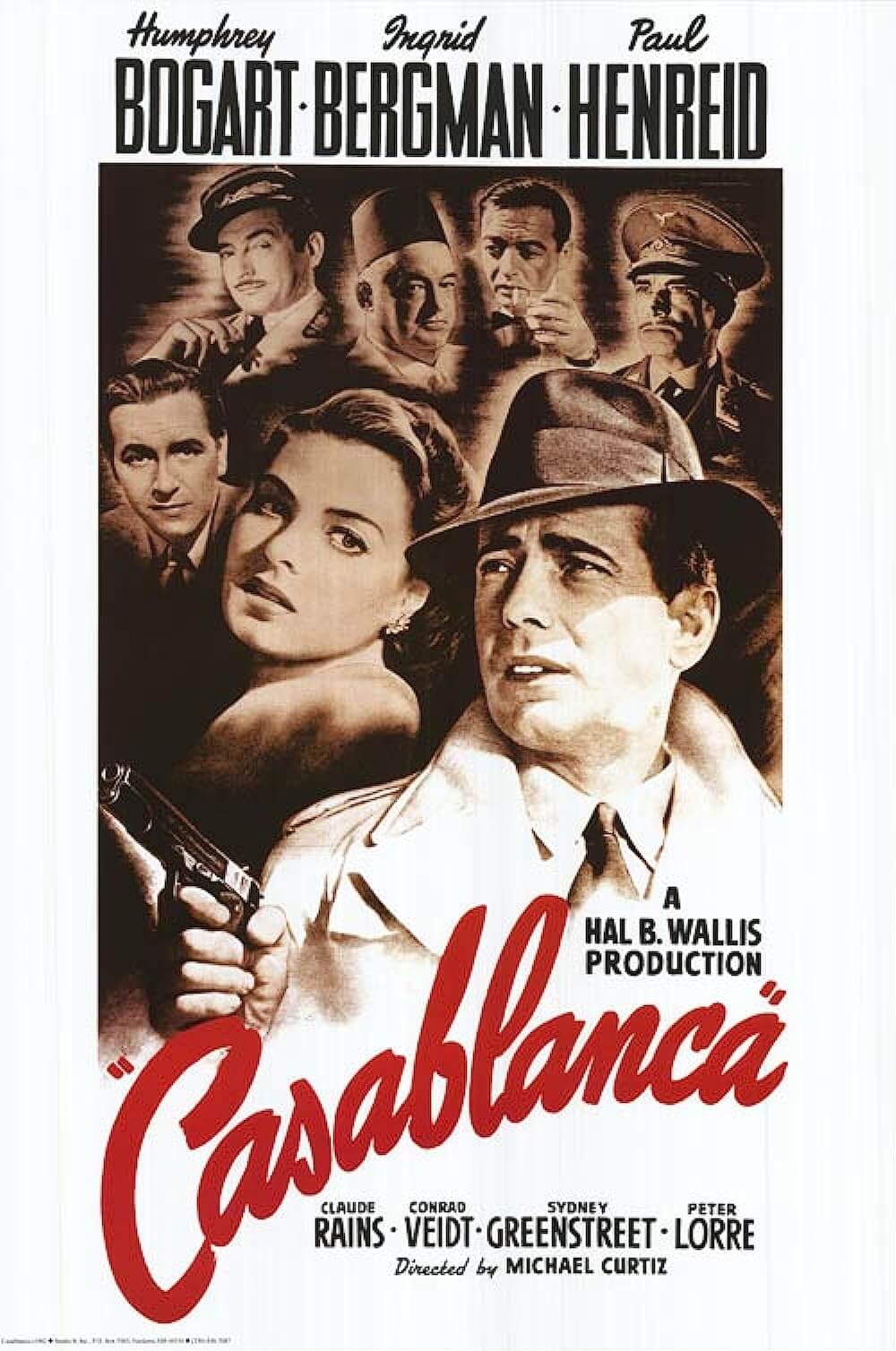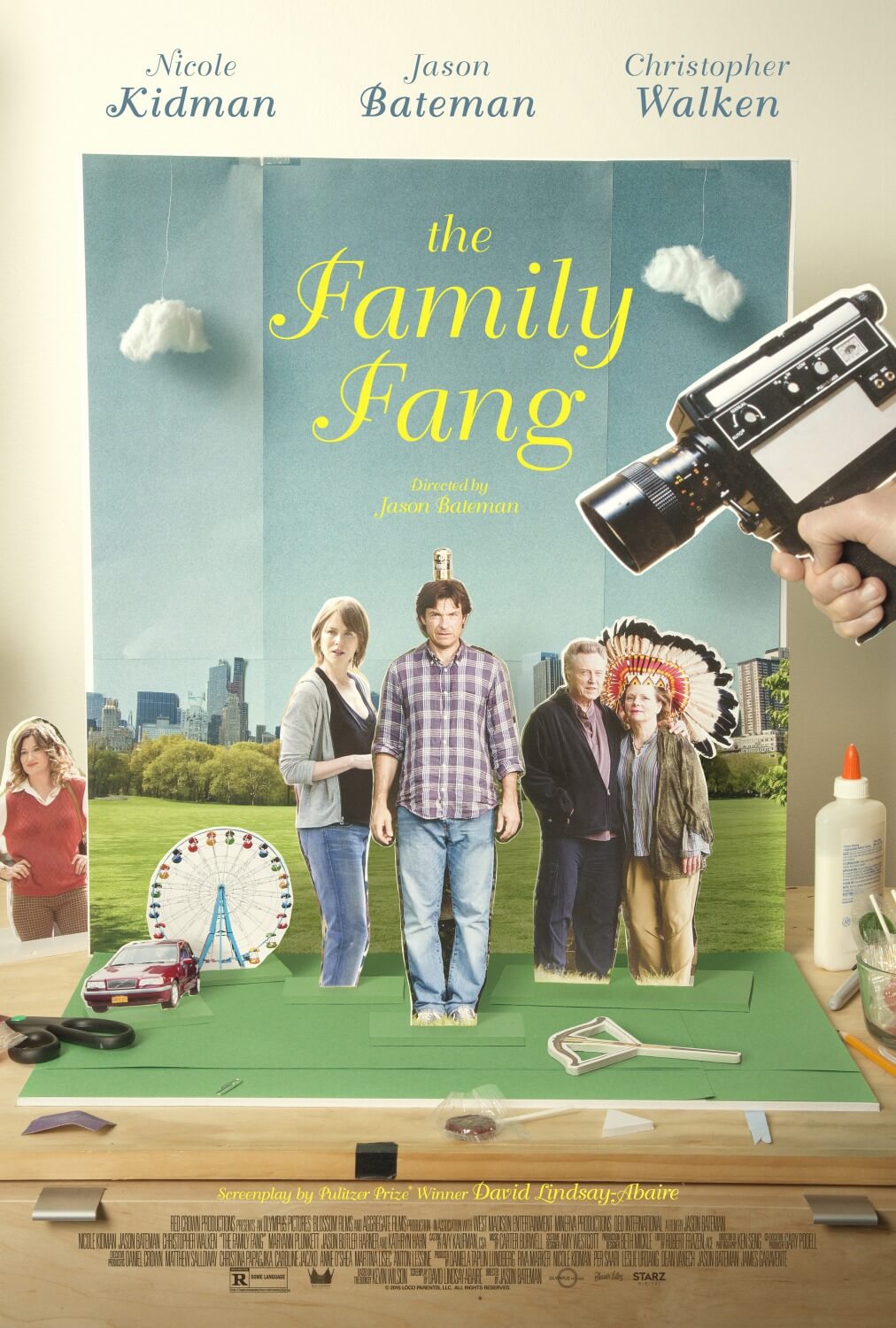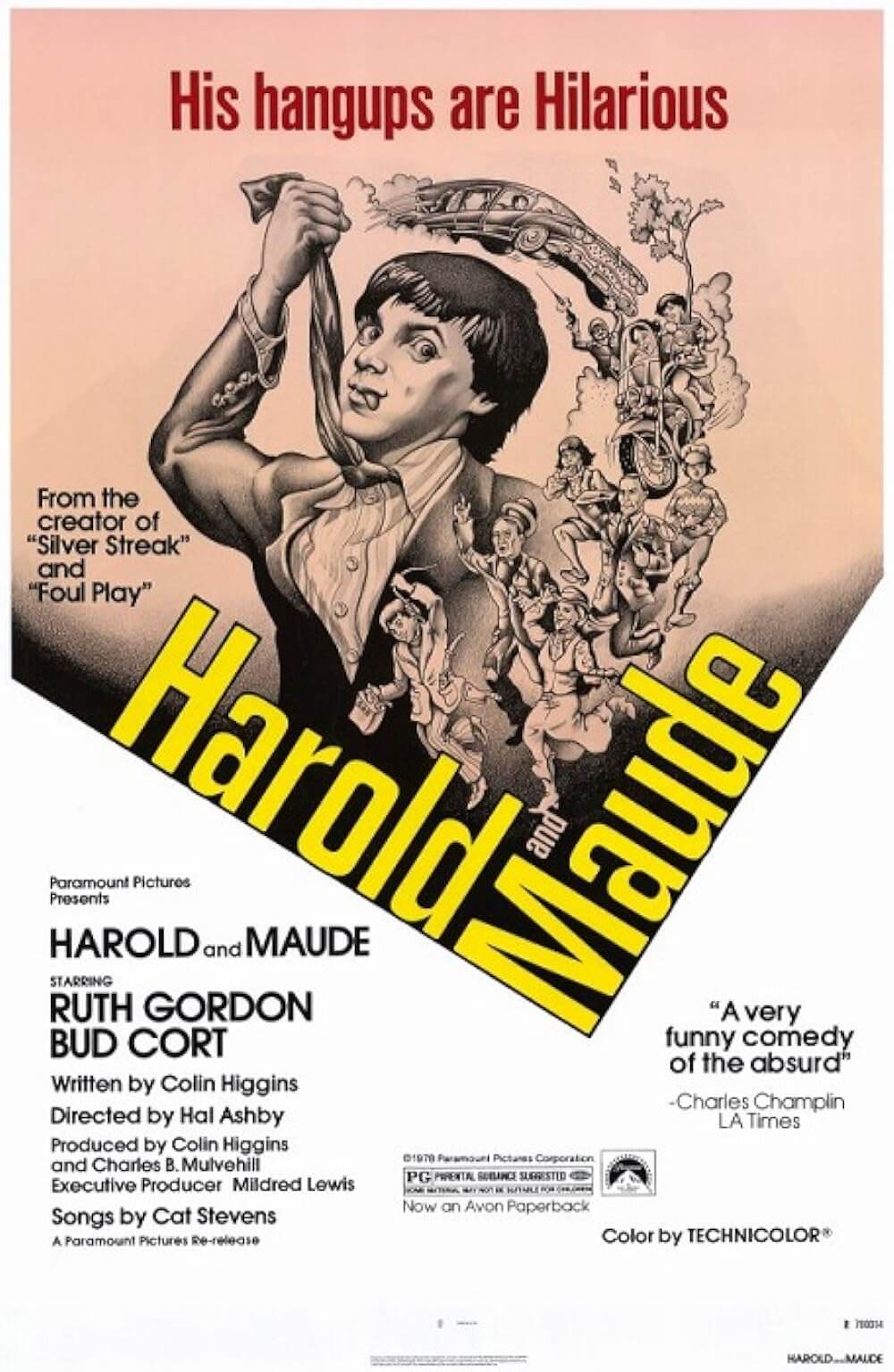Reader's Choice

Arsenic and Old Lace
By Brian Eggert |
Arsenic and Old Lace is a rare Frank Capra comedy that eschews his usual social consciousness. There’s no Depression-era statement about the corrupting influence of money, as found in Mr. Deeds Goes to Town (1936); no sermon about the double-dealing political machine from Mr. Smith Goes to Washington (1939); none of the remarks from Meet John Doe (1941) about how politicians and the media have the capacity to sway the American people in a dangerous direction. Even It Happened One Night (1932), the blueprint of the modern romantic comedy, features a lesson about class division. In place of Capra’s usual soapboxing, Arsenic and Old Lace offers a straightforward adaptation of Joseph Kesselring’s popular Broadway play. Capra had always been a crowd-pleaser, but now he wanted to make “No great document to save the world,” he said. “Just good old fashioned theater.” Featuring Cary Grant in a role beloved by some and deemed overzealous by others (including Grant himself), the film harbors a strange blend of styles, including dark comedy and screwball antics, with a dash of romance for good measure. That Capra doesn’t inject some level of social relevance is both the film’s greatest strength and the reason it fades next to his other pictures. Nevertheless, it’s a zany, can’t-catch-your-breath comedy that never quits.
Russell Crouse and Harold Lindsay produced the original Broadway production, and they remain largely responsible for the version of Arsenic and Old Lace that continues to appear in community theaters and the high school stage. The producers had rewritten and renamed Kesselring’s original manuscript, initially titled Bodies in Our Cellars, before its debut at Broadway’s Fulton Theater in 1941, and the result was a massive hit. Capra saw a performance and, after so many serious-minded pictures over the last decade, announced, “Hell, I owe myself a picture like this.” He negotiated with Crouse and Lindsay to secure the film rights to both Arsenic and Old Lace and another play of theirs he admired, Life with Father, but Warner Bros. had beat him to the punch. Fortunately, the studio agreed to pay Capra a sum of $100,000 and ten percent of the profits to direct Arsenic and Old Lace (Life with Father would go to Michael Curtiz in 1947). Despite the prosperous deal for Capra, the producers maintained strict control over the arrangement, stipulating that Capra’s eventual film could not be released until after the Broadway run came to a close. Their contract meant that the film, shot in 1941, would not arrive in theaters until over three years later, in 1944, after the stage show’s more than 1,400 performances.
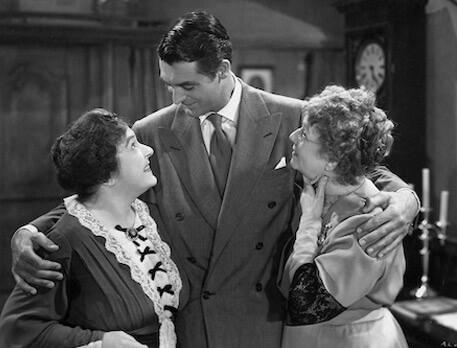 For Capra, Arsenic and Old Lace checked several boxes. He wanted to embrace the tradition of filmed theater, as with his 1938 picture, You Can’t Take It with You. He wanted to make a pure entertainment—a safe picture that avoided any confrontation with his audience. He also needed the money; he still owed taxes on Meet John Doe, which he independently financed. However, the production wasn’t the effortless job he anticipated. Capra wanted members of the original cast, among them the two elderly aunts, Abby (Josephine Hull) and Martha (Jean Adair), who have been burying bodies in their cellar, and their nephew Teddy (John Alexander), who believes he is Theodore Roosevelt. Crouse and Lindsay were willing to release the actors from their stage commitments, but they demanded a narrow shooting schedule to not impede on the Broadway box-office receipts. Alas, Capra could not secure Boris Karloff, who played the murderous brother Jonathan on the stage—in a touch of ironic casting, since everyone thinks Jonathan looks like Karloff’s monster in Frankenstein (1931). For the lead role of Mortimer Brewster, a drama critic who discovers his family’s crazy streak, Capra considered Jack Benny, Bob Hope, and Ronald Reagan, but he finally settled on Cary Grant.
For Capra, Arsenic and Old Lace checked several boxes. He wanted to embrace the tradition of filmed theater, as with his 1938 picture, You Can’t Take It with You. He wanted to make a pure entertainment—a safe picture that avoided any confrontation with his audience. He also needed the money; he still owed taxes on Meet John Doe, which he independently financed. However, the production wasn’t the effortless job he anticipated. Capra wanted members of the original cast, among them the two elderly aunts, Abby (Josephine Hull) and Martha (Jean Adair), who have been burying bodies in their cellar, and their nephew Teddy (John Alexander), who believes he is Theodore Roosevelt. Crouse and Lindsay were willing to release the actors from their stage commitments, but they demanded a narrow shooting schedule to not impede on the Broadway box-office receipts. Alas, Capra could not secure Boris Karloff, who played the murderous brother Jonathan on the stage—in a touch of ironic casting, since everyone thinks Jonathan looks like Karloff’s monster in Frankenstein (1931). For the lead role of Mortimer Brewster, a drama critic who discovers his family’s crazy streak, Capra considered Jack Benny, Bob Hope, and Ronald Reagan, but he finally settled on Cary Grant.
To accommodate Crouse and Lindsay’s scheduling demands, Capra agreed to have the picture in the can after four weeks, but he was notorious for going over-budget and over-schedule. The four-week schedule doubled, and the shoot lasted between October 20 and December 16, 1941. And yet, Capra brought the picture in under-budget, in part because he insisted on using a single, albeit elaborate set-piece for much of the action. Aside from an opening sequence at a Dodgers game and another in a courthouse—scenes added by screenwriters Philip and Julius Epstein (Casablanca, 1942)—the entire film unfolds on a set that includes the Brewster house, the road outside, a cemetery, and the façade of the neighbor’s house where Mortimer’s new wife, Elaine (Priscilla Lane), grew up. Capra had another reason for wrapping up the production quickly: the Japanese had just attacked Pearl Harbor, and the otherwise isolationist United States was finally entering World War II. A few days after completing principal photography in December 1941, Capra enlisted in the Signal Corps. He had until the end of January 1942 to rush through the edit of Arsenic and Old Lace, at which point he reported for active duty. He devoted the next several years of his life to making propaganda documentaries, most famously the Why We Fight series, for the U.S. War Department.
Black as pitch but light as a feather, Arsenic and Old Lace opens as Mortimer, a drama critic who literally wrote the book on bachelorhood, marries Elaine, literally the girl next door. Just before leaving for their honeymoon, Mortimer stops by the Brewster family home, only to discover that his cheery aunts have been giving old, solitary men poisoned elderberry wine and then burying them, twelve in all, in the basement. Mortimer finds their latest victim in the window seat, prompting an epic double-take. At first, Mortimer blames his delusional brother, Teddy, who shouts “Charge!” and runs up the stairs when the situation calls for it, which is often. To make matters worse, Mortimer’s other brother, Jonathan (Raymond Massey), who has escaped from an institution and gone on a killing spree with his sidekick, the beleaguered Dr. Herman Einstein (Peter Lorre), arrives home. While trying to juggle his family’s craziness and the police, including a new officer who dreams of becoming a playwright (Jack Carson), Mortimer considers ending his marriage. He believes insanity runs in the family, and if he’s next, he should spare Elaine the trouble. It’s a relief when he discovers that he’s not a legitimate family member.
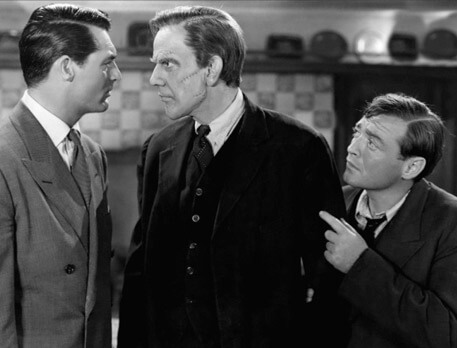 At face value, the material is macabre and boundary-pushing. The film revolves around Abby and Martha, who have altogether snapped and even look forward to institutionalization in Happydale Sanitarium. Capra biographer Joseph McBride suggests it’s because the old biddies are racists. After all, they complain that their neighborhood has “changed,” and the presence of a black lawn jockey in front of their house certainly supports this argument. In any case, Hull and Adair give charmed performances, and one suspects that the former inspired the voice of Witch Hazel, the Looney Tune character. Also ghastly is Jonathan, whose face is riddled with scars from Dr. Einstein’s botched plastic surgery. He proves genuinely unnerving, especially after he alludes to torturing Mortimer in boyhood with “needles under the fingernails.” However, the Epsteins’ screenplay keeps the material from descending into a pure thriller; the self-aware humor allows Mortimer’s theater critic to remark on stage clichés and then fulfill them, much to the delight of the viewer. There’s even a point where Mortimer finds yet another body and looks at the camera: “Another one!” Of course, the Production Code had problems with some of the play’s edgy dialogue. When Mortimer tells Elaine that he’s not a Brewster, he announces in the play, “Darling, I’m a bastard!” The line earned a riotous response on the stage, and the new alternative to appease the PCA—“Darling, I’m the son of a sea cook!”—doesn’t have the same ring. Likewise, the PCA demanded that Capra change the play’s ending, where Abby and Martha find one last victim to poison.
At face value, the material is macabre and boundary-pushing. The film revolves around Abby and Martha, who have altogether snapped and even look forward to institutionalization in Happydale Sanitarium. Capra biographer Joseph McBride suggests it’s because the old biddies are racists. After all, they complain that their neighborhood has “changed,” and the presence of a black lawn jockey in front of their house certainly supports this argument. In any case, Hull and Adair give charmed performances, and one suspects that the former inspired the voice of Witch Hazel, the Looney Tune character. Also ghastly is Jonathan, whose face is riddled with scars from Dr. Einstein’s botched plastic surgery. He proves genuinely unnerving, especially after he alludes to torturing Mortimer in boyhood with “needles under the fingernails.” However, the Epsteins’ screenplay keeps the material from descending into a pure thriller; the self-aware humor allows Mortimer’s theater critic to remark on stage clichés and then fulfill them, much to the delight of the viewer. There’s even a point where Mortimer finds yet another body and looks at the camera: “Another one!” Of course, the Production Code had problems with some of the play’s edgy dialogue. When Mortimer tells Elaine that he’s not a Brewster, he announces in the play, “Darling, I’m a bastard!” The line earned a riotous response on the stage, and the new alternative to appease the PCA—“Darling, I’m the son of a sea cook!”—doesn’t have the same ring. Likewise, the PCA demanded that Capra change the play’s ending, where Abby and Martha find one last victim to poison.
Grant’s performance is at once the funniest, most appealing aspect of Arsenic and Old Lace and the most divisive. He spends most of the film panicking, making goofy faces, overreacting, and bouncing around like a cartoon over every new plot development. It’s both an unbelievably funny performance and out of sync with the rest of the actors, and that’s why it works. But Grant considered it his worst performance, dismissing his animated gestures and loudness as “not my kind of humor.” Capra had been warned that Grant’s performance was over-the-top. Usually in these situations, the director would reshoot scenes to strike the right tone. But since he was joining the war effort and had to cut the picture together alongside editor Daniel Mandell quickly, he never got a chance to correct what was received as larger-than-life humor. Then again, the material doesn’t necessarily lend itself to subtlety. Almost every character inspires belly laughs, even the sniveling Igor-like character played by Lorre. These are less three-dimensional characters than caricatures mixed together in a rewarding blend. One look at Jonathan and the viewer should recognize they’ve entered the farcical realm of 1940s stage comedy.
To be sure, the resulting film looks and feels like a stage play brought to film, in the sense that Capra and Sol Polito—a Warner Bros. cinematographer with several credits under Curtiz, Mervyn LeRoy, and Irving Rapper—often show the action in medium and wide shots. The viewer watches as characters interact on the elaborate stage built for the production, which replicates the Broadway experience. This was Capra’s intention. Arsenic and Old Lace also contains none of the dazzling montage sequences that usually accompany Capra’s films such as Mr. Smith Goes to Washington and Meet John Doe, and none of the grandiose imagery of his many films at Columbia. Perhaps as a function of the story, the filmmaking feels claustrophobic, full of precise camera movements and even expressive close-ups. One shot frames Jonathan’s scarred face in such a way that presses the viewer back into their seat. Another shot watches through stair balusters as Mortimer, visually behind bars, makes a frantic call to the police. These flourishes aside, Arsenic and Old Lace lacks the visual luster of Capra’s earlier work. “The film was little more than a serving of canned theater,” observed scholar Thomas Schatz.
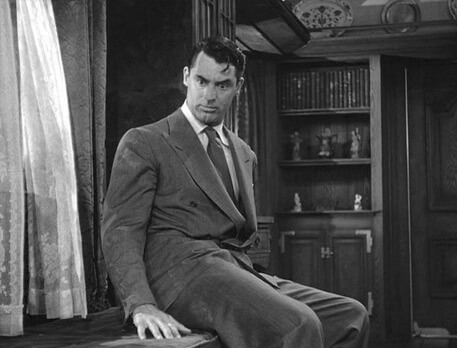 The critical reception at the time was mostly positive. Variety praised how Capra’s two-hour comedy, expanded from the play, “doesn’t seem that long.” Whereas the critic in The New York Times claimed the film “offers a large number of laughs and some genuine melodramatic thrills along with some cut-rate hokum. If you can be comfortable through the latter, the former will furnish a fair-to-middling reward.” Time did not change the mixed feelings about Arsenic and Old Lace. Pauline Kael complained in The New Yorker that the film features “Grant performing in such a frenzied, dithering manner that during much of the action he seems crazier than anybody else.” On the other hand, in 2000, the American Film Institute named it the thirtieth funniest film on their list of “100 Laughs.” This division seems to fall on whether the viewer can tolerate Grant’s performance and whether the film contains the usual substance of a Frank Capra picture. The latter condition, one suspects, is missing the point. “With the world in its present state, what’s the good of a message?” Capra wondered in 1941.
The critical reception at the time was mostly positive. Variety praised how Capra’s two-hour comedy, expanded from the play, “doesn’t seem that long.” Whereas the critic in The New York Times claimed the film “offers a large number of laughs and some genuine melodramatic thrills along with some cut-rate hokum. If you can be comfortable through the latter, the former will furnish a fair-to-middling reward.” Time did not change the mixed feelings about Arsenic and Old Lace. Pauline Kael complained in The New Yorker that the film features “Grant performing in such a frenzied, dithering manner that during much of the action he seems crazier than anybody else.” On the other hand, in 2000, the American Film Institute named it the thirtieth funniest film on their list of “100 Laughs.” This division seems to fall on whether the viewer can tolerate Grant’s performance and whether the film contains the usual substance of a Frank Capra picture. The latter condition, one suspects, is missing the point. “With the world in its present state, what’s the good of a message?” Capra wondered in 1941.
Whether it’s 1941 or 2020, in times of unbelievable strife, everyone needs to laugh sometimes. Capra fulfills that need with Arsenic and Old Lace. Though it doesn’t have the emotional or inspirational sway of Capra’s earlier work, the picture functions like a jack-in-the-box viewing experience. Its characters, enclosed in a stagey presentation, remain broad comic types. And even though the viewer knows what’s coming, the crank continues to turn, and the outcome still surprises no matter how many times it’s repeated. Grant’s maniacal performance may be the wackiest thing onscreen, but it’s difficult to watch without a sense of awe and bemusement. The performance’s critics, who were probably too close to their viewings of the stage play to appreciate how Grant was doing something different with the role, ignore the sheer animated energy behind every movement or expression. Even though it feels removed from the material, and perhaps makes the overall film feel somewhat off-kilter, Grant’s presence is admirably wild. Arsenic and Old Lace may not be one of Capra’s best films or most reflective of his authorial style, but it does something equally powerful by supplying a good laugh.
(Editor’s Note: This review was suggested and commissioned on Patreon. Thanks for your recommendation and support, Ron!)
Bibliography:
Capra, Frank. The Name Above the Title: An Autobiography. Macmillan, 1971.
Carney, Raymond. American Vision: The Films of Frank Capra. Cambridge University Press, 1986.
Glatzer, Richard; Raeburn, Jon. Frank Capra: The Man & His Films. University of Michigan Press, 1975.
Higham, Charles and Roy Moseley. Cary Grant: The Lonely Heart.
Maland, Charles J. Frank Capra. Twayne Pub, 1980.
McBride, Joseph. Frank Capra: The Catastrophe of Success. University of Mississippi Press, 1992.
Poague, Leland. Another Frank Capra. Cambridge University Press, 1994.
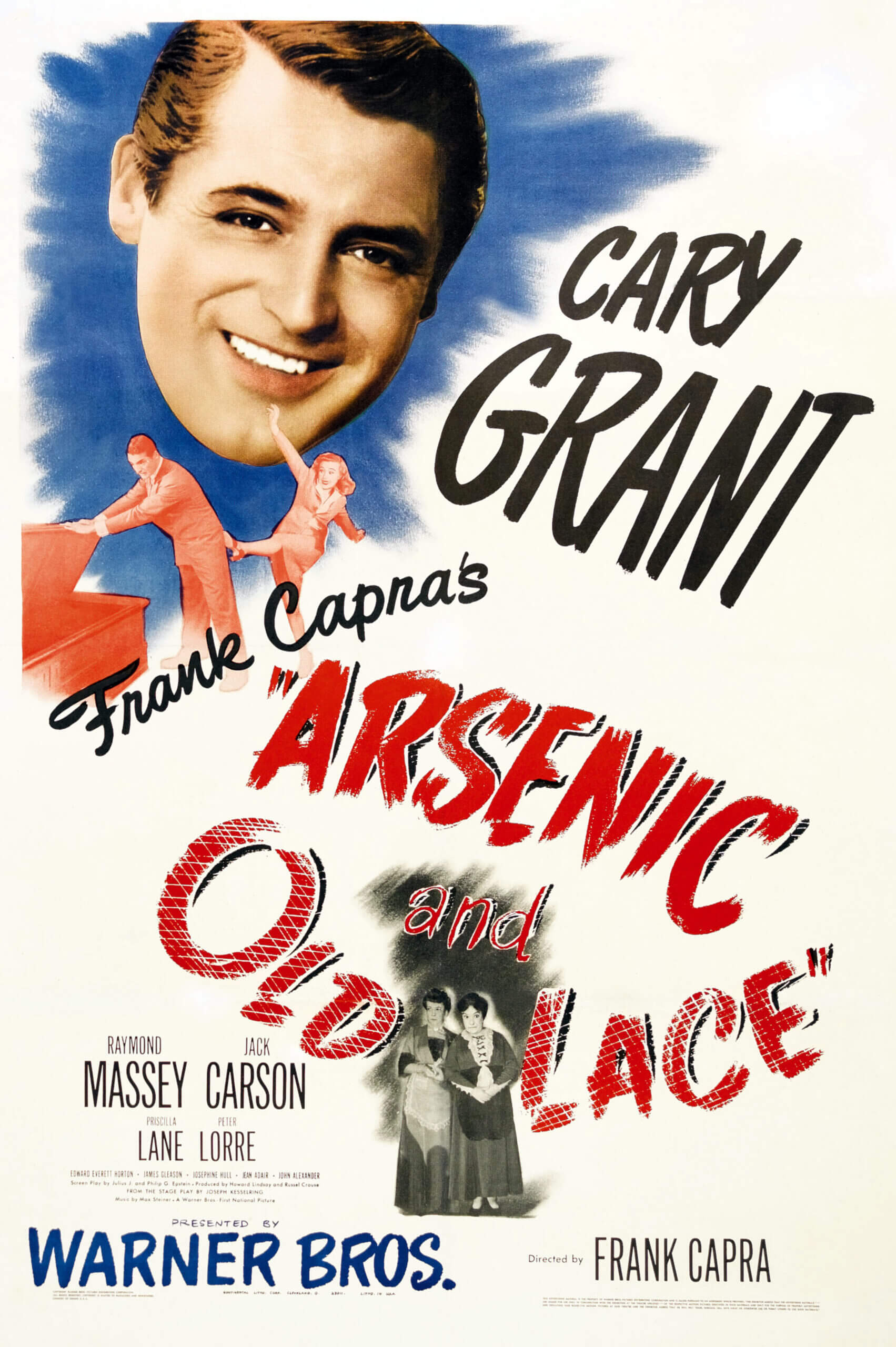
Unlock More from Deep Focus Review
To keep Deep Focus Review independent, I rely on the generous support of readers like you. By joining our Patreon community or making a one-time donation, you’ll help cover site maintenance and research materials so I can focus on creating more movie reviews and critical analysis. Patrons receive early access to reviews and essays, plus a closer connection to a community of fellow film lovers. If you value my work, please consider supporting DFR on Patreon or show your support in other ways.
Thank you for your readership!
Brian Eggert | Critic, Founder
Deep Focus Review


